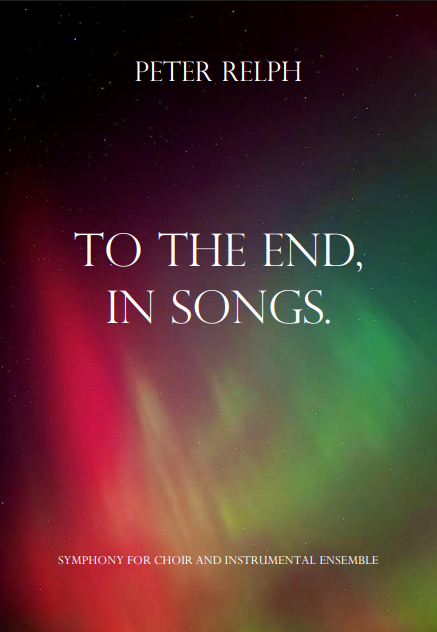Why has 'O Come, O Come, Emmanuel' Become a Defining Advent Hymn?
- peter-relph
- Dec 1, 2021
- 2 min read
With the arrival of the season of Advent it’s that time of year where O Come, O Come, Emmanuel is dusted off and performed regularly.

This hymn has become synonymous with December - when you think Advent hymn, O Come, O Come, Emmanuel is usually one of the first that springs to mind. The hymn is constantly reset for choirs and instrumental/orchestral ensembles (think James Macmillan’s Veni, Veni, Emmanuel).
Yet how has it achieved this status? When you investigate the origins of the hymn, it quickly becomes apparent that it’s a sort of musical jumble. Each of the seven verses are loosely based on one of the seven ‘O Antiphons’ - the antiphons used at the service of vespers during the last seven days before Christmas - yet they appear in a mixed-up order (7, 3, 5, 4, 2, 1). The first known publication of the text was in 1710 (in Cologne), yet it appears that versions of the text might be centuries older. The chant melody we now associate with the hymn wasn’t used with these words until 1851, when it was published with an English translation of the text by Thomas Helmore. This melody, however, has been around since at least the 15th century, where it featured as a processional in a French Requiem Mass (hardly cheerful).
As a result, the hymn we now know as O Come, O Come Emmanuel has roots in at least three countries (France, Germany, UK), and coalesced over at least five centuries.
And yet, there’s something special about this piece. It’s publication in the hugely successful Hymns Ancient and Modern (1861) no doubt boosted its status, yet surely this alone cannot attest to its popularity? Speaking for myself, it seems to have a timeless quality which is hard to pin down. The Dorian mode certainly helps - giving it an sombre, atmospheric feel, but its greatest moment is perhaps at the end with the rousing ‘rejoice, rejoice’, contrasting quite dramatically with the beginning. The sense of anticipation you get within this melody for this moment could be seen as a reflection of Advent itself - a period where we wait for Christmas to arrive.
Perhaps, in the end, its multiple influences and origins are its strength?
Merry Christmas.
P.S. I'm delighted to announce that my 'Magnificat' has been released on the album 'A Scattered Light In Winter'. It was recorded by Dr James Jordan and the Westminster Williamson Voices in The Cathedral Basilica of Saints Peter and Paul, Philadelphia. Listen on Spotify here.



Comments